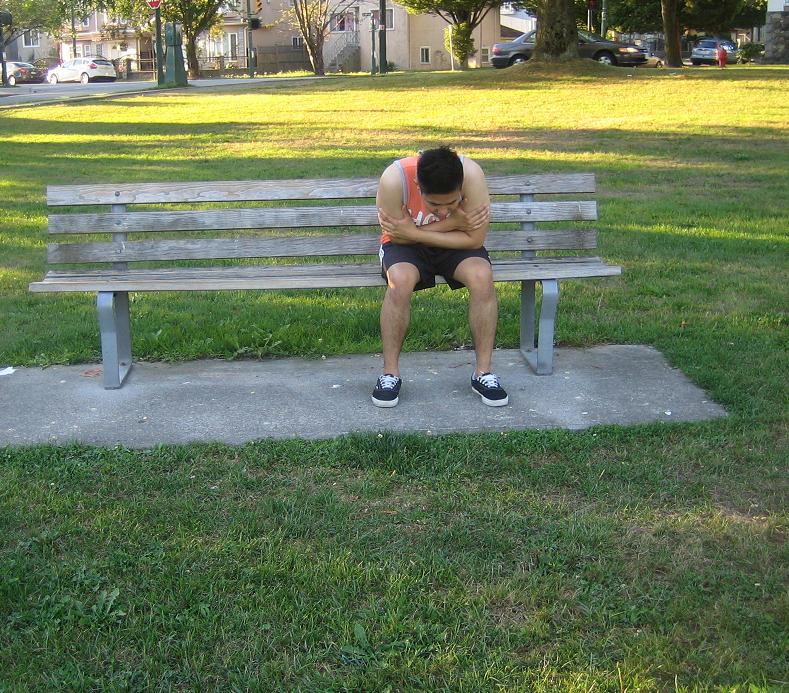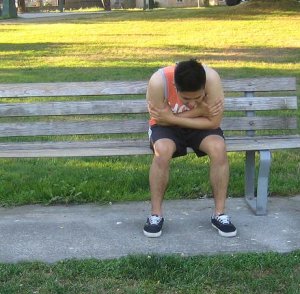Heatstroke is the most serious form of heat injury. It is caused by overheating of the body from a prolonged exposure to high temperatures or performing physical exertion in high temperatures usually combined with dehydration and result to failure of the temperature control system of the body.
Temperature of the body rises to 104 F or 40 C or higher and usually common during summer months. Heatstroke not properly treated can damage the heart, brain, muscles and the kidneys.
Symptoms of heatstroke
- Dizziness and light-headedness
- Throbbing headache
- Red, hot and dry skin
- Nausea and vomiting
- Muscle weakness and cramps
- Fast heartbeat that can either be strong or weak
- Rapid and shallow breathing
- Seizures
- Unconsciousness
- Behavioral changes such as disorientation, confusion and staggering
Causes
- Non-exertional or classic heatstroke, exposure to hot and humid weather prolonged periods of time. Common in older people and with chronic illness.
Move the affected person out of the sun into a shaded area or an air conditioned room. - Exertional heatstroke due to increase in core body temperature caused by performing intense physical activities in hot weather. Anyone working in hot weather is susceptible to exertional heatstroke, but it can also happen to anybody who are not used to high temperatures.
- Wearing excessive clothing that prevents sweating from evaporating.
- Becoming dehydrated by not drinking plenty of water to replenish lost fluids due to sweating.
- Drinking alcohol which affects the ability of the body to regulate temperature.
Treatment
- Move the affected person out of the sun into a shaded area or an air conditioned room.
- Remove any unnecessary clothing from the person. If there is no aircondition, fan air over the affected person.
- Cover the body using a damp sheet or another alternative spraying the body with cool water. Cover the person from the neck until the toes. Apply sopping wet sponge or cloth to the affected person.
- Apply ice pack to the body especially on the armpits and on the groin, back and neck for fast cooling down of the body.
- Give the person a cold shower or a tub filled with cold water. Let him/her sit under the shower. If outdoors and no bathroom are available, a pond, a lake or a stream or cold water from a hose can cool down the patient.
- Rehydrate the person by giving more fluids such as sports drinks to provide fluids and salts that the body needs to heal. If sports drink is not available, mix ¼ teaspoon of salt and tablespoon of sugar for every quart of water. Mix them well and let the person drink at least ½ cup of the mixture every 15 minutes to rehydrate the body.
Tips
- Drink plenty of fluids at least 8 glasses of water every day during warm days and performing activities that requires physical exertion to prevent dehydration.
- Use a sunscreen with sun protection factor or 30 or more.
Disclaimer / More Information
The material posted on this page on heatstroke is for learning purposes only. Learn to recognize and manage this heat-related illness by taking a first aid and CPR class with one of our training providers.
FACT CHECK
https://www.medicinenet.com/heat_stroke/article.htm
https://www.webmd.com/a-to-z-guides/heat-stroke-symptoms-and-treatment#1
https://www.mayoclinic.org/diseases-conditions/heat-stroke/symptoms-causes/syc-20353581


